
Renault Extends Standard Warranty On Kwid, Triber, And Kiger To 3...
- Dec 30, 2024
- Views : 30457

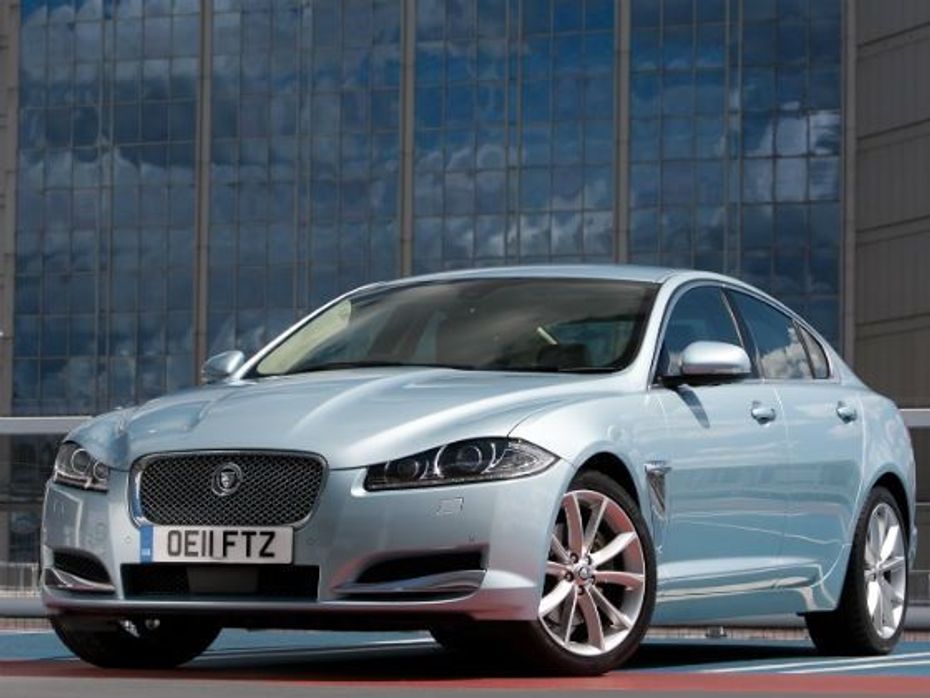
The Castle Bromwich plant of Jaguar Land Rover in the UK is the engine of the company and lately, by extension, of its parent Tata Motors also. It rolls out luxury cars under the Jaguar brand and four-wheel drive vehicles under the Land Rover brand every year. That is the present. The future, or at least the future that JLRwould like, is also being shaped in that factory. That future is affectionately called the 'Baby Jag' - a smaller, cheaper and more fuel-efficient version of its marquee luxury car, Jaguar, which is known for its sleek, dynamic styling and the image of a leaping cat.
In its 91-year history, across multiple ownerships, this is as significant a turn as any taken by Jaguar. By retaining its DNA, while reducing its size and price, Jaguar is looking to drive into that half of the luxury-car market it has virtually ignored this far.
This is the entry-level segment, where cars cost anything from $35,000 to $50,000 (Rs 19-28 lakh) and which is almost equally divided among the German troika: Mercedes, BMW and Audi. Each sells 13-15 times as many luxury cars as Jaguar. "We know our rivals have incredible design, incredible cars to drive and incredible strength," Ralf Speth, CEO of JLR and a German, told Autocar magazine this April. "We must create something that can rival that, which means our product must be extraordinary."
The "extraordinary" eluded Jaguar the last time it tried to go small. "Jaguar is too small a manufacturer to expect high volumes in these segments, where competition is already so intense," says Alexandra Legendre, co-deputy editor-in-chief, L'Automobile Magazine, France. "The three German premium brands, before beginning to produce medium- and entry-level cars, already produced more than 500,000 cars a year each. Right now, Jaguar is not there yet."
Whether the Baby Jag turns out extraordinary, we won't know till the third quarter of calendar 2014, when it is expected to hit the market. Jaguar started developing the Baby Jag about two years ago. That work is being fast-tracked now, and the car is currently being tested in Sweden and UK.
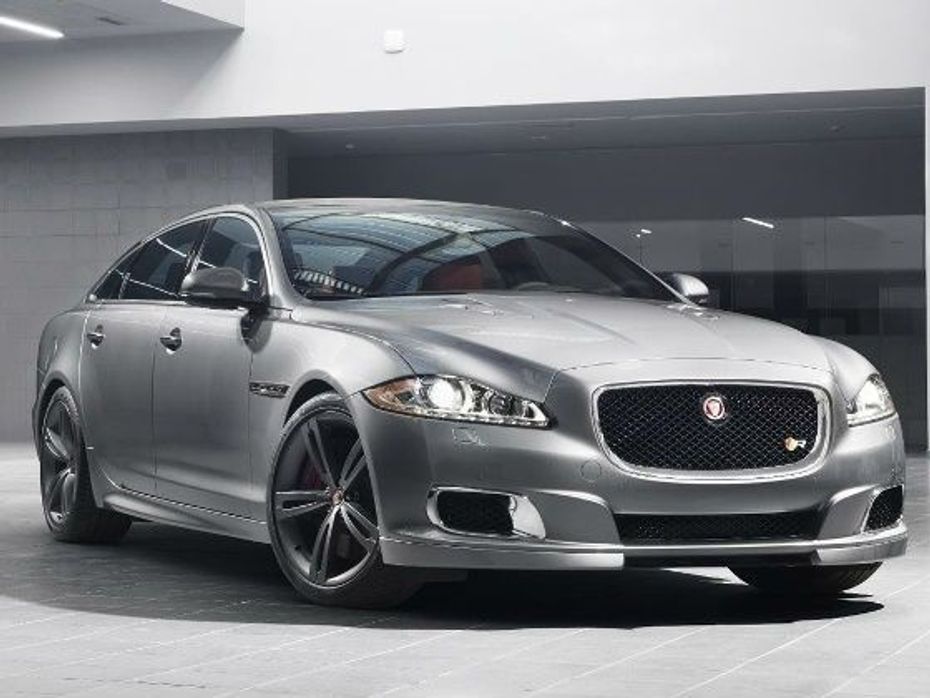
If it does turn out to be something special, the Baby Jag can add wings to the British company and, by extension, its Indian parent. The Baby Jag will effectively double the luxury-car market available for Jaguar to play in. It can add more zip to Jaguar, which is currently smaller and less profitable than Land Rover in the JLR portfolio. And it can catapult JLR, which posted revenues and net profit of 15.7 billion pounds and 1.2 billion pounds in 2012-13, respectively, into a higher trajectory.
All this can rub off on Tata Motors, which engineered a remarkable turnaround in JLR after acquiring it, against popular opinion, from Ford for $2.3 billion in 2008. While the Indian operations of the company motor an uphill path, its British subsidiary has, in every year since coming into the Tata fold, increased its revenue and profit contribution. In 2012-13, the results for which were declared on May 29, JLR accounted for 72% of its Indian parent's revenues and its entire net profit.
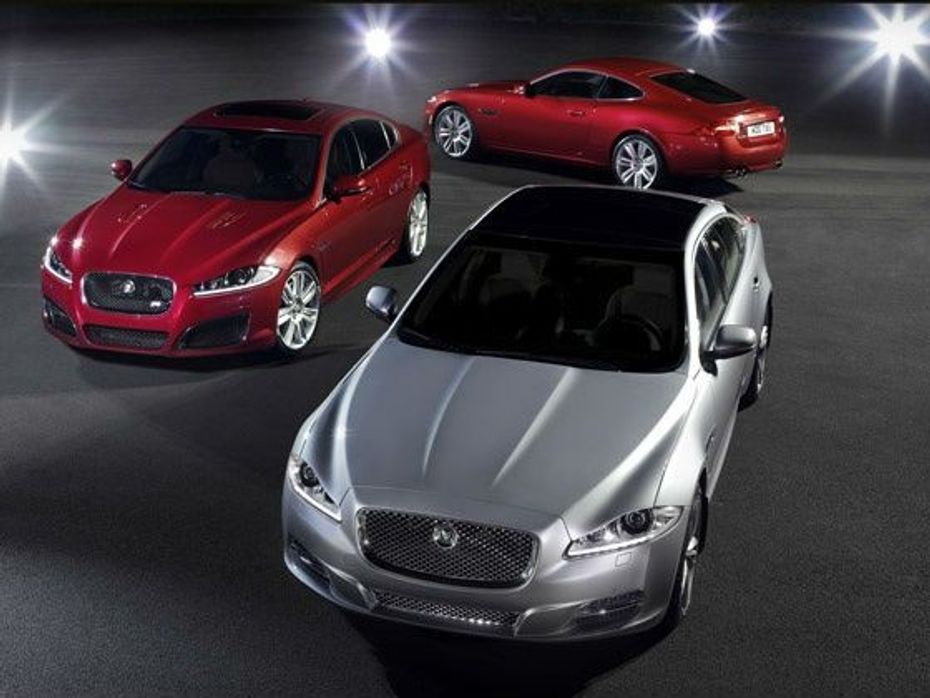
Smaller and Cheaper
It's not just Jaguar that is looking to go smaller and cheaper in the luxury-car market, while preserving its core. Mercedes, BMW and Audi are too. On the basis of price, the luxury-car market can be, broadly speaking, broken up into three segments: entry level ($35,000 to $50,000), mid level ($50,000 to $70,000) and the high end (above $70,000). The entry level is where the volumes are: in 2012, this segment accounted for half the 2.66 million luxury cars sold.
Across the globe, compact luxury cars are emerging as the most promising segment. For instance, last month, Mercedes launched an A-Class compact in India starting at Rs 21.9 lakh. "Today, trend-setting, jet-setting, globetrotting, successful Indians are adopting to the concept of compact luxury, as there is a lot more packaged into smaller spaces, and that is becoming the trend," says Eberhard Kern, president & MD of Mercedes-Benz India.

In 2012, the Indian luxury-car market grew 17% to around 29,000 units, with Audi growing by 63%, JLR by 32% and Volvo 150%, albeit all on a low base. "The Indian customers are getting younger and want to make a statement about their individuality," says Michael Perschke, MD of Audi India. According to Kern, even globally, the preference is for compact luxury cars like the A-Class. Demand in Europe for the A-Class has been brisk, registering about 90,000 pre-launch bookings, forcing the company to direct more manufacturing capacity to it, he added.
Elsewhere, BMW has an approach where "production follows the market". Says Philipp von Sahr, president of BMW Group India: "In order to achieve growth, we will resolutely expand our product range and cover all opportunities in the luxury-car segment relevant to us." This year, in India, BMW will launch its first premium compact hatchback - the BMW 1 Series - and this will be produced at its Chennai plant.
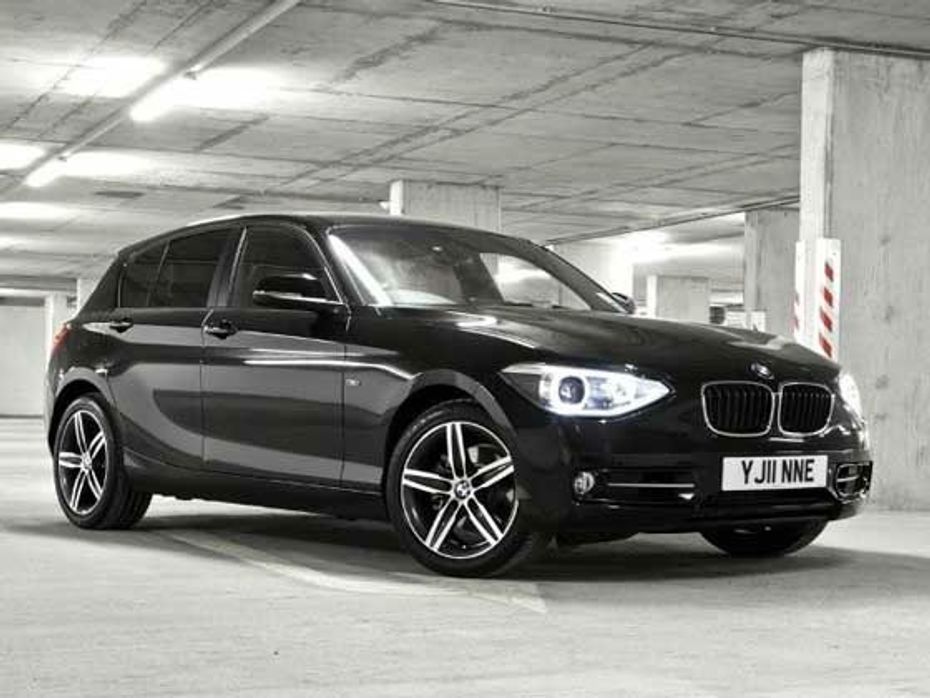
While its rivals have been widening their respective reach in the entry-level segment, Jaguar has been absent. At present, the British carmaker operates only in the mid- and highends. In 2012-13, of the 57,700 cars sold by it, 36,900 belonged to the mid-end and 20,800 to the high-end.
The Baby Jag, with an estimated price tag of somewhere between $35,000 to $45,000, is expected to fill that void. And ramp up volumes for Jaguar. According to a person in the know, who did not want to be named, the company has projected sales of 20,000 units in the first year and 60,000 units - its sales from all models last year - in the second year. "What Jaguar really needs is to make a smaller-sized, larger-volume car - a car that can be a worthy competitor to the smaller Audis, Mercedes and BMWs," says a senior official of a luxury car company, not wanting to be named.
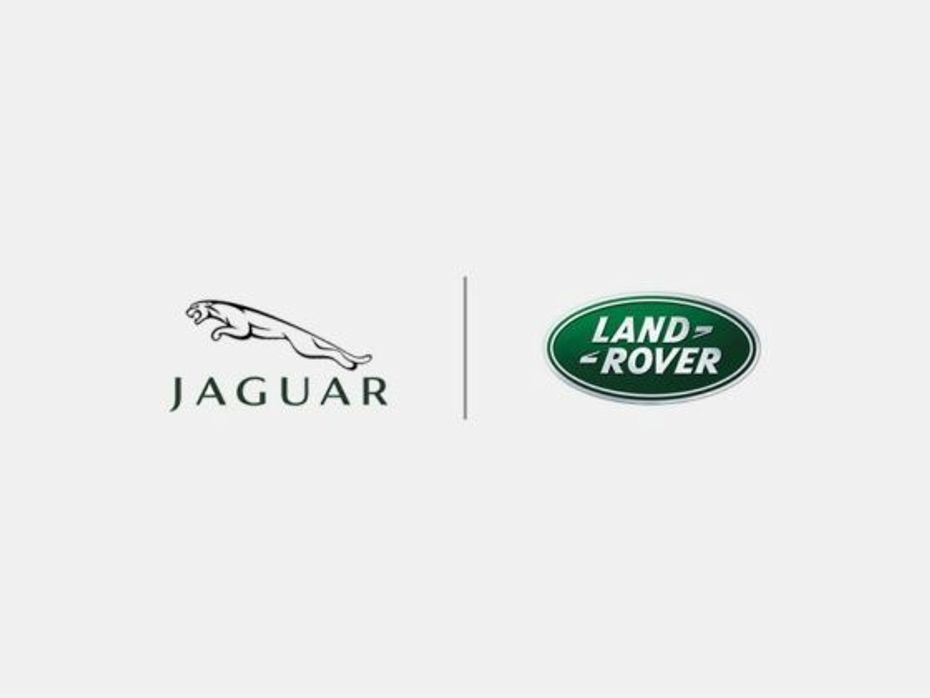
Completing Its Portfolio
An emailed questionnaire sent to Del Sehmar, spokesperson of JLR in India, did not elicit a response. But, according to people in the know, the Baby Jag will have an all-aluminium body, which will substantially reduce its weight, improve fuel efficiency and reduce emissions.
The new models, which will use components being used in existing Jaguar models, will be powered by engines of 1,800-2,000 cc litres. To put that in context, Jaguar has been using engines of 2,200-5,000 cc so far; the larger the engine, the higher the power and the lower the fuel efficiency. As far as coverage of the luxury-car market goes, Jaguar has a long way to go.

Even in the middle- and the top-end, there are nooks and corners it is not yet touching. "This is a tiny company, relatively speaking. It does do not have that much cash," says the person in the know quoted earlier. "But this is a growing global brand and is looking at every opportunity to grow its vehicle sales across the globe. It has gaps in its product portfolio and it is looking to create new segments."
The consistent improvement in JLR's financial health is giving it the wherewithal to intensify its drive to increase penetration and tap opportunities in existing markets. So, for example, the company recently introduced all-wheel drive variants of its XF and XJ models in North America, Russia, China and Continental Europe. With this, Jaguar now addresses more than 50% of the luxury car market.
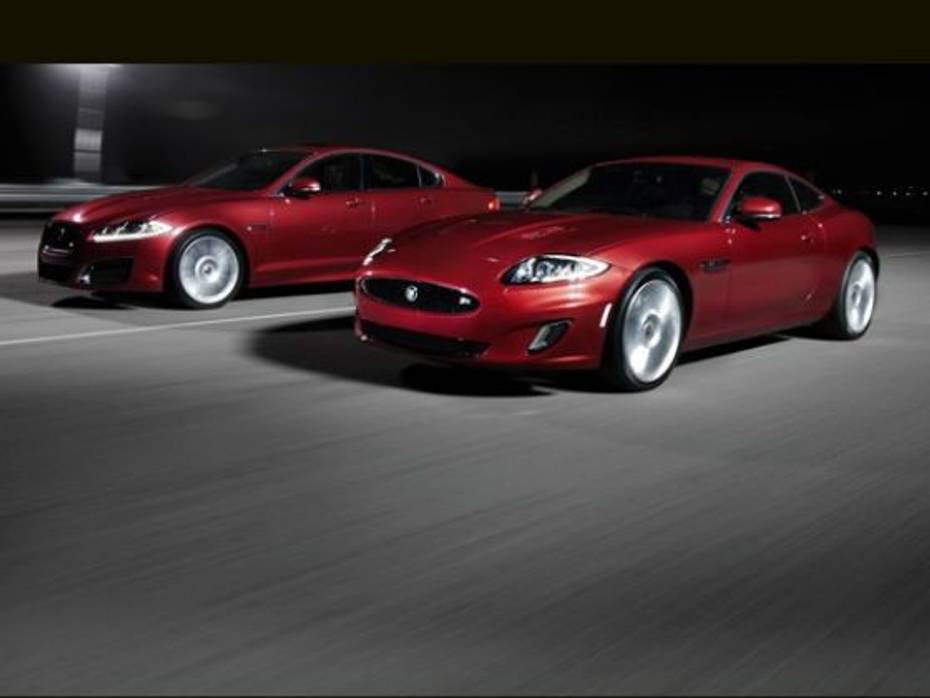
With sales slowing down in developed markets like Europe and the US, the BRIC nations (Brazil, Russia, India and China) are focussed growth markets for both Jaguar and Land Rover. Also, for both, China is the largest and the fastest-growing market. In 2012-13, Jaguar sold 28% more cars in China and Land Rover 51%.
Within JLR, Land Rover has been the driver of growth and profitability. In 2012-13, not only did Land Rover sell about five times as many vehicles as Jaguar, it also grew faster (25.6% versus 8.1%). Going forward, the needle could swing towards Jaguar, according to a recent analyst report by Standard Chartered.
"The bulk of this growth is likely to be driven by Jaguar," the report says. "Given strong demand for its recent launches, Jaguar is likely to soon be operating on a two-shift basis against a single shift earlier. Thus, operating leverage benefits are likely to play out as fixed costs are apportioned over a higher revenue base, helping Jaguar to break even soon. This implies Jaguar will no longer be a strain on JLR's earnings."
The India Trickle Down
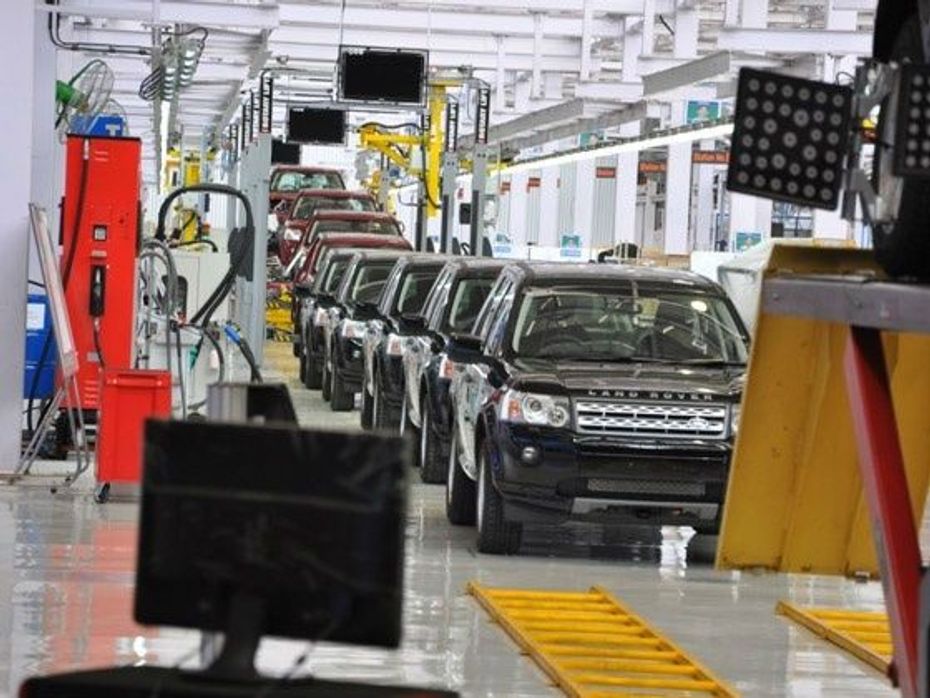
JLR has momentum on its side. And now, with Jaguar, it has a significant plan. For Ratan Tata, chairman emeritus of the Tata Group and the man who pushed for the JLR buy, the arc of its progress would be vindication of a brave - and somewhat contrarian - call he made in 2008. "From the outside, we wrongly looked at Jaguar as being a has-been company that was rundown," he told The Telegraph newspaper of the UK in December 2012.
"But instead, it was like a racehorse wanting to race - it had never been given the approval to race.
I think we are at a very exciting point in the life of this company." In India, Jaguar is assembling XF saloon at its Pune plant. A company official in the know says that the Baby Jag could also be produced in India, though at the moment, Tata is on record saying that it is cheaper to assemble the Jaguar in India than to make it.
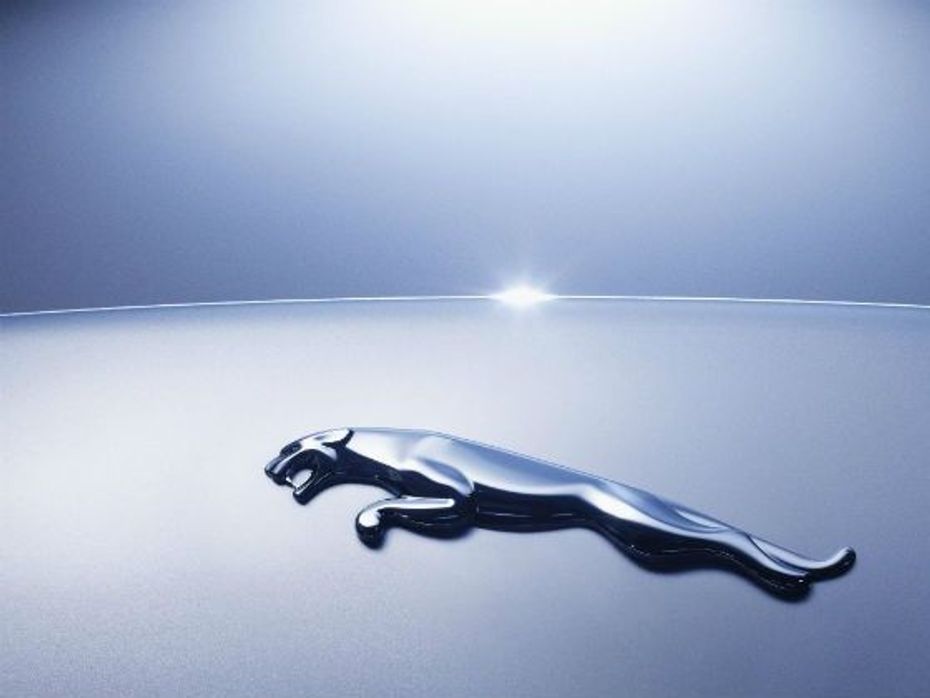
More than manufacturing, the significance of the Baby Jag to Tata Motors is what it does to the numbers of the Indian company today and what it can possibly do to its struggling portfolio of cars in the future. In 2009-10, JLR accounted for 61% of the revenues of Tata Motors; last year, this stood at 72.5%. Its contribution to profits have been even more significant: increasing from 7.8% in 2009-10 to 106% in 2012-13.
The last figure exceeds 100% because the Indian operations of Tata Motors are running at a loss. In the last two quarters to March 2013, the Indian operations have lost Rs 770 crore, on revenues of Rs 21,697 crore. In passenger vehicles, its capacity is being under-utilised and it is still searching for a killer car model. Its main commercial vehicles business is also facing stress and analysts feel losses could increase further. In this backdrop, in the short run, JLR can help it pull some slack.
In the long run, Paris-based automotive consultant Gautam Sen believes the Baby Jag can change the game for Tata Motors. On the one hand, he says, it could be a worthy competitor in the compact luxury car segment to Audi, Mercedes and BMW. "On the other hand, this car could share some of its elements with a future Tata car, slotted a segment higher than the Vista or the Manza," says Sen.
But this is, if at all, in the distant future. "I don't see too much opportunity for synergy between JLR and Tata Motors for the moment as Tata (Motors) is not, and won't be, in that space for a while."
According to Sen, at present, there is significant potential for collaboration between Tata Motors and JLR to replace the Land Rover Defender. "The chassis and mechanicals can easily be shared between Land Rover and Tata Motors' next generation models of the Safari, Xenon and Aria range of vehicles," Sen said. These are sideshows. The main show remains the Baby Jag and if it can help Jaguar - and JLR and Tata Motors - find a higher gear.

Renault Extends Standard Warranty On Kwid, Triber, And Kiger To 3...

Hyundai Exter: Welcome To The New World Of Thrills And Technology

Hyundai Creta Level-2 ADAS Explained, Perfect For Indian Road...

Hyundai Exter: An Year Long Ownership Experience That Left Us Wanting...

2024 Toyota Camry Launched In India At Rs 48 Lakh; Now...

Kia Syros Unveiled Globally As The Most Premium Sub-4m SUV In India

Is The Kia Syros More Compelling Than The Best-selling Hyundai Creta?

New 2024 Honda Amaze Arrives In India At Rs 8 Lakh

Auto Expo 2025 - All You Want To Know About The Hottest Auto Show!

Mahindra BE 6 Launched: Price For The Top-spec Variant Is Out!
India's largest automotive community
 Kia Syros
Rs. 8.99 Lakh
Kia Syros
Rs. 8.99 Lakh
 Vayve Mobility Eva
Rs. 3.25 Lakh
Vayve Mobility Eva
Rs. 3.25 Lakh
 BMW X3
Rs. 75.80 Lakh
BMW X3
Rs. 75.80 Lakh
 Hyundai Creta Electric
Rs. 17.99 Lakh
Hyundai Creta Electric
Rs. 17.99 Lakh
 Lotus Emira
Rs. 3.22 Crore
Lotus Emira
Rs. 3.22 Crore